Have you ever wondered how to introduce engineering to preschoolers? Machines are all around us, from the gears inside toys to the wheels on a car, and even at a young age, children are naturally curious about how things work.
By tapping into this curiosity, you can introduce foundational engineering concepts that help young learners think critically, explore problem-solving, and even foster a love of innovation. In this post, we’ll explore how you can ignite a passion for machines and engineering in preschoolers through hands-on exploration.
Why Teach Engineering to Preschoolers?
At first glance, the word “engineering” might seem too complex for preschoolers. However, engineering at its core is simply about solving problems and understanding how things work. These are skills that young children are already beginning to develop as they play, build, and explore.
Introducing engineering concepts early on helps children:
- Develop critical thinking and problem-solving skills.
- Engage in hands-on, exploratory learning.
- Foster creativity by encouraging them to design, build, and test their ideas.
By focusing on machines and how they work, you can introduce engineering in a way that feels natural and fun for preschoolers, helping them build these foundational skills while engaging their curiosity.
The Power of Simple Machines
One of the best ways to introduce engineering to preschoolers is through simple machines. Simple machines are tools that make work easier, and they can be found everywhere in our everyday lives. Some examples include levers, wheels, pulleys, and inclined planes. These basic mechanical devices provide a wonderful starting point for young learners to explore engineering principles in a hands-on and tangible way.
For instance, you might guide children in exploring how wheels make it easier to move objects or how levers help lift heavier loads. This allows them to experience firsthand the concepts of force, motion, and mechanics, without needing complicated materials or explanations. These explorations lay the groundwork for deeper learning as children begin to see how these simple tools are used in everything from bicycles to playground equipment.
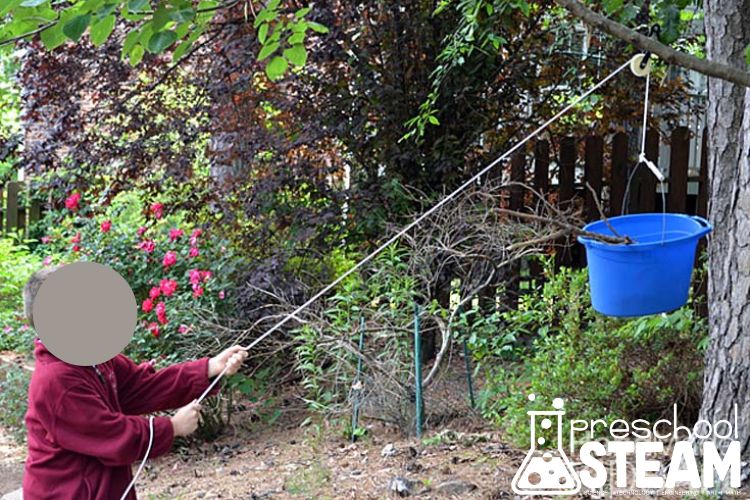
Encouraging Exploration and Problem-Solving
Rather than focusing on building a specific project or following step-by-step instructions, allow children to freely explore and experiment with the materials around them. Encouraging open-ended play with materials like blocks, ramps, or wheels allows children to investigate how things move and work together naturally.
Ask guiding questions like, “What happens if you push this car down the ramp?” or “How could we make this tower taller and stronger?” These kinds of questions prompt children to think critically and experiment with different ideas, helping them build a deeper understanding of the concepts at play. This approach fosters creativity while developing their engineering mindset.
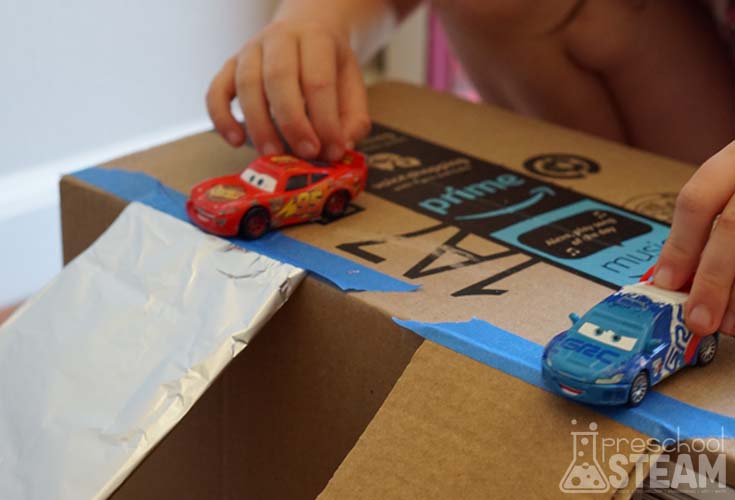
Tapping Into Everyday Machines
Another great way to inspire curiosity about machines is by connecting their learning to the everyday machines around them. For example, take a walk around the classroom or even the school and point out the simple machines we use every day, like door handles (levers), wheels on a stroller, or even the seesaw on the playground.
This encourages children to start noticing how machines are part of their world and how they help make tasks easier. By making these real-world connections, you help bring the concepts to life in a way that is relatable and exciting for young learners.
Sparking a Love for Engineering
When it comes to introducing engineering concepts to preschoolers, simplicity is key. By starting with the basics of machines and allowing children to explore, experiment, and ask questions, you can spark a lifelong love of engineering and problem-solving. The goal is to ignite their curiosity and give them the tools to think like young engineers, all while having fun with hands-on learning.
Remember, the key to success is letting the children take the lead—provide the materials, ask questions, and let their creativity and curiosity do the rest. Whether they’re building with blocks, exploring how wheels roll, or experimenting with pulleys, the learning opportunities are endless.
You may also like:
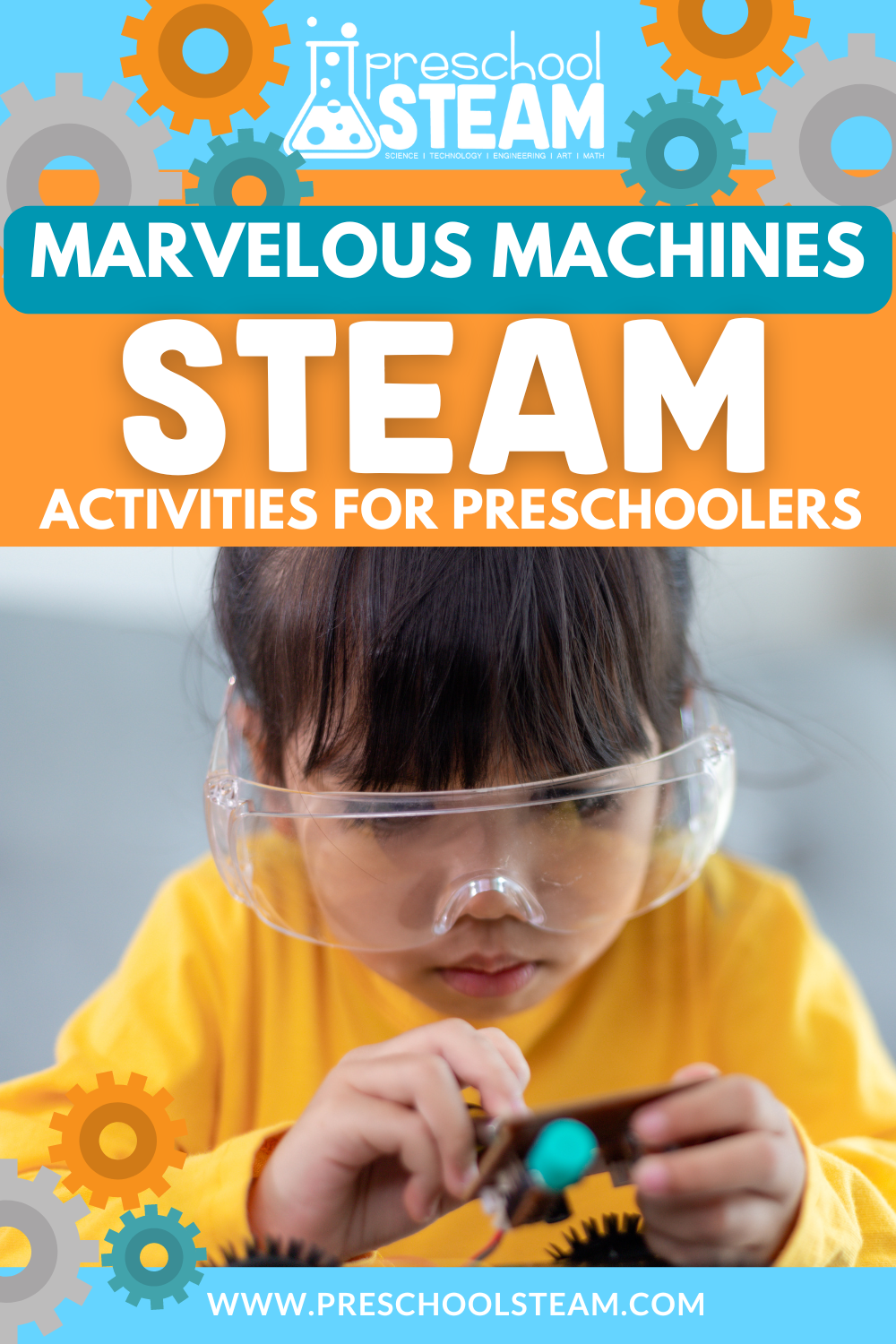
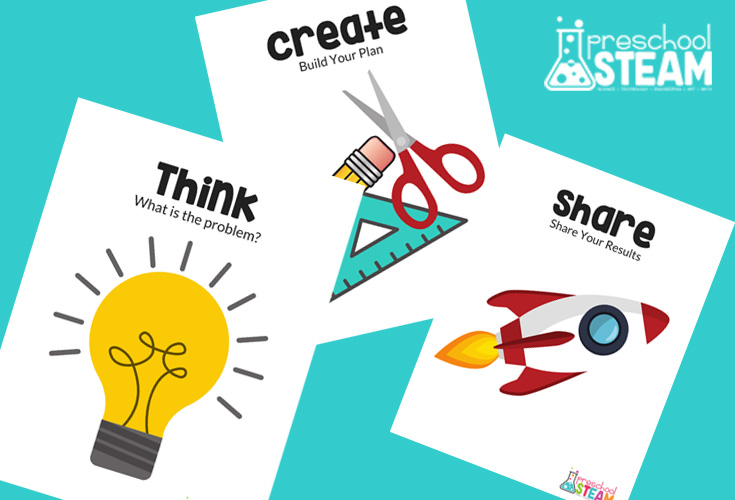
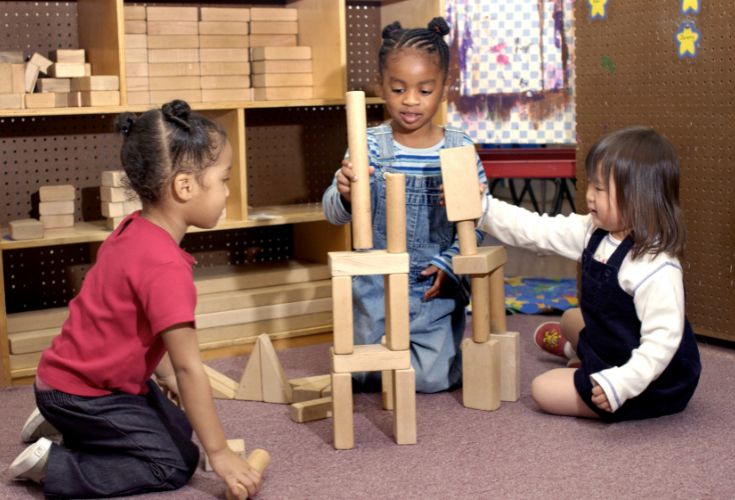
Leave a Reply